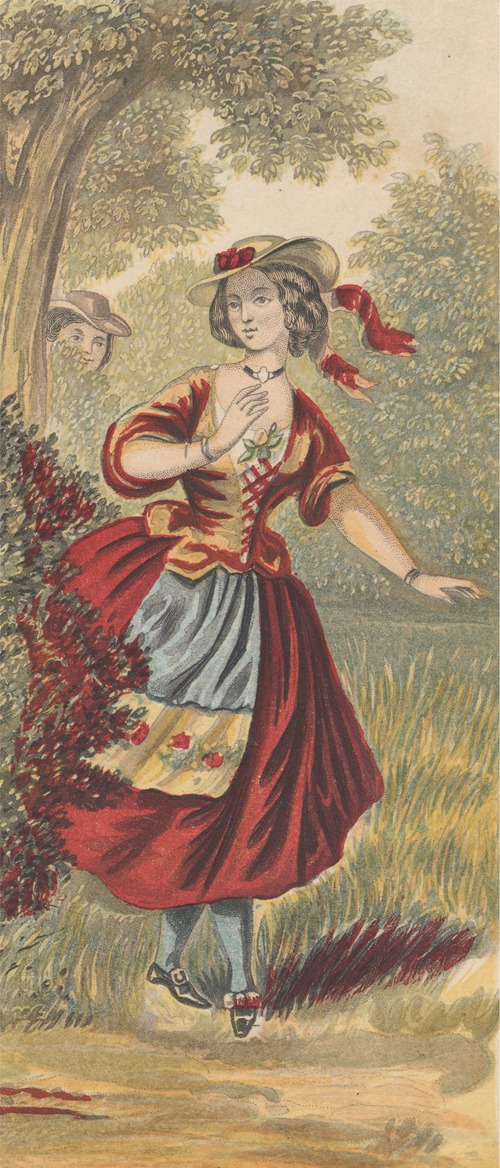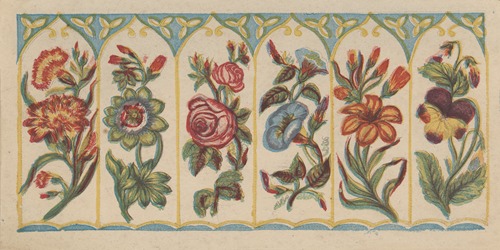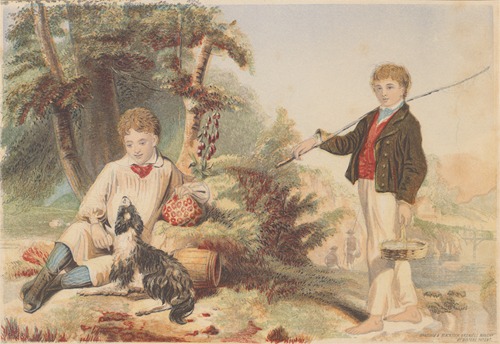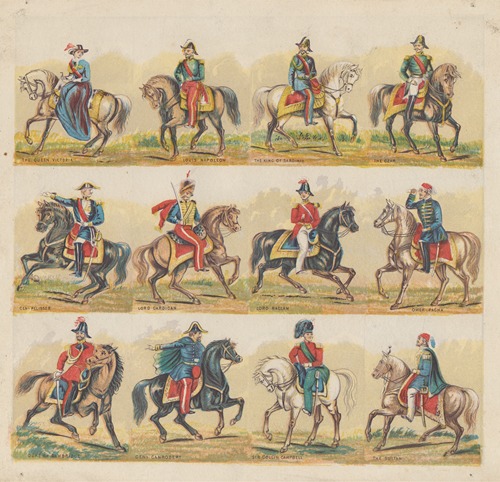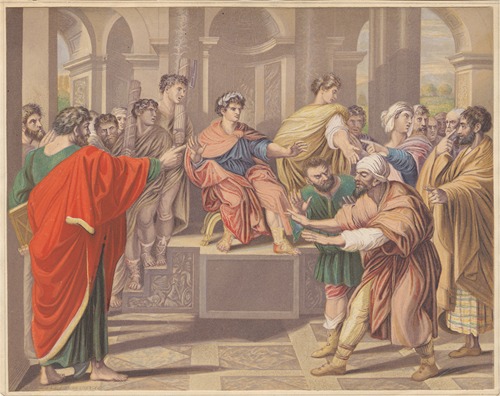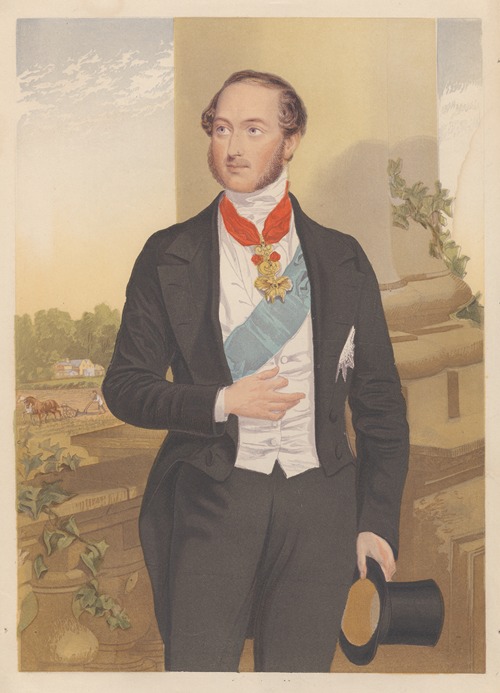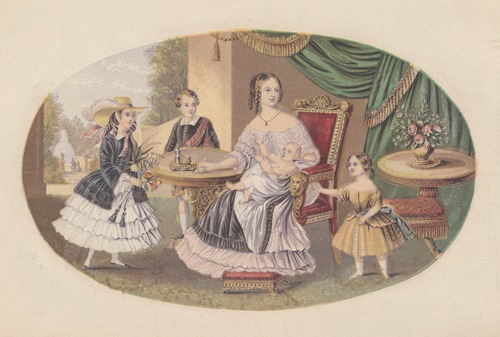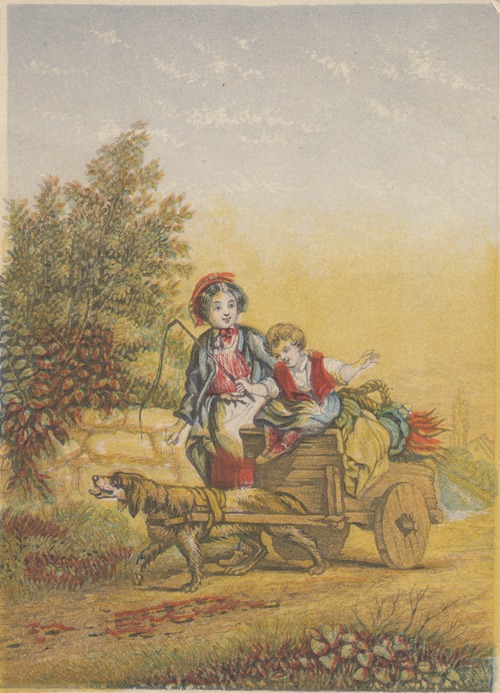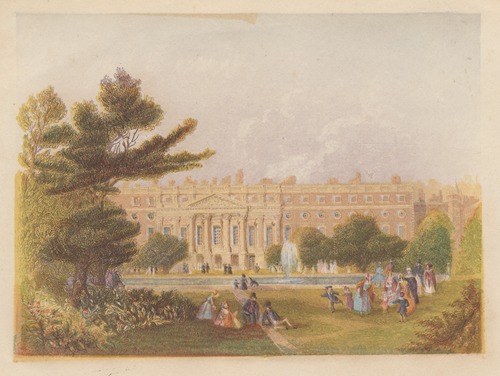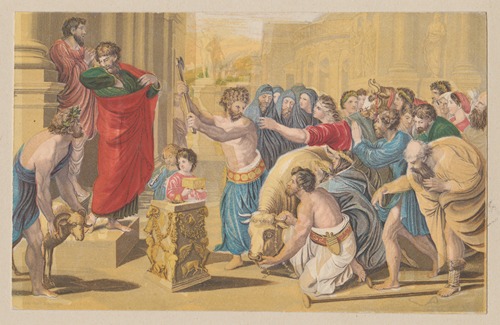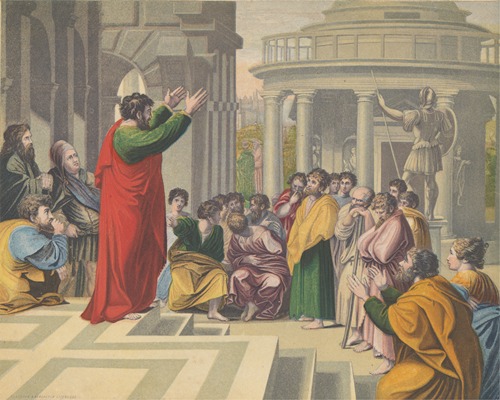Bradshaw & Blacklock
George Bradshaw was born at Pendleton, near Salford on July 29th 1801. He was an apprentice engraver to Thomas Tonbridge of Market Street, Manchester before spending two years in Belfast where he attempted to establish a business, returning to Manchester when this did not materialise.
He started trading from offices in Market Place before relocating to Cope's Court in 1830, where a year later he employed William Blacklock as an apprentice. At this stage, the business was mainly engaged in engraving maps and in 1835 a letter-press department was established.
William Blacklock, who was born in 1817, made such an impression within the business that he was made a partner before the age of 21. In 1839, the firm of Bradshaw & Blacklock moved to 27 Brown Street, Manchester and from there began publishing the Bradshaw's Railway Guides for which it become so well known.
Initially Bradshaw's Guides and then pocket books, albums and Baxter Process prints were also sold through the offices of W. J. Adams at 59 Fleet Street, London. Bradshaw & Blacklock purchased a licence from George Baxter around 1850 and published their first Baxter Process print in 'Bradshaw's Guide Through London and its Environs' in 1851. Bradshaw travelled to Norway in connection with one of their Continental Railway Guides, in 1853, where he contracted Asiatic cholera and died on September 6th 1853. He was buried at Christiania. The firm continued producing prints by the Baxter Process until at least 1856 and produced bobbin tickets by this method for about another forty years.
Blacklock retired from the firm in 1857.
